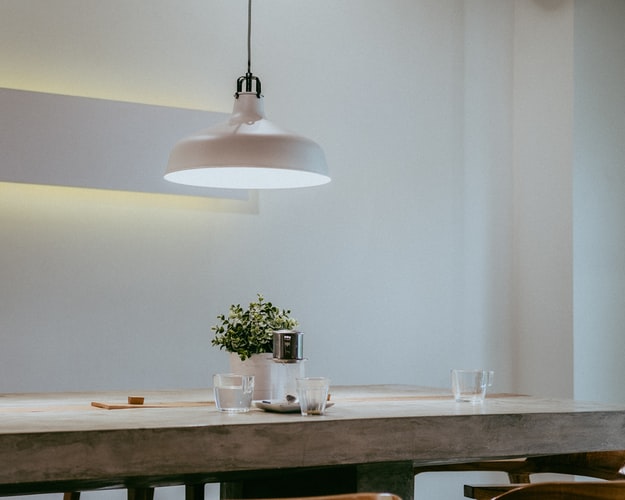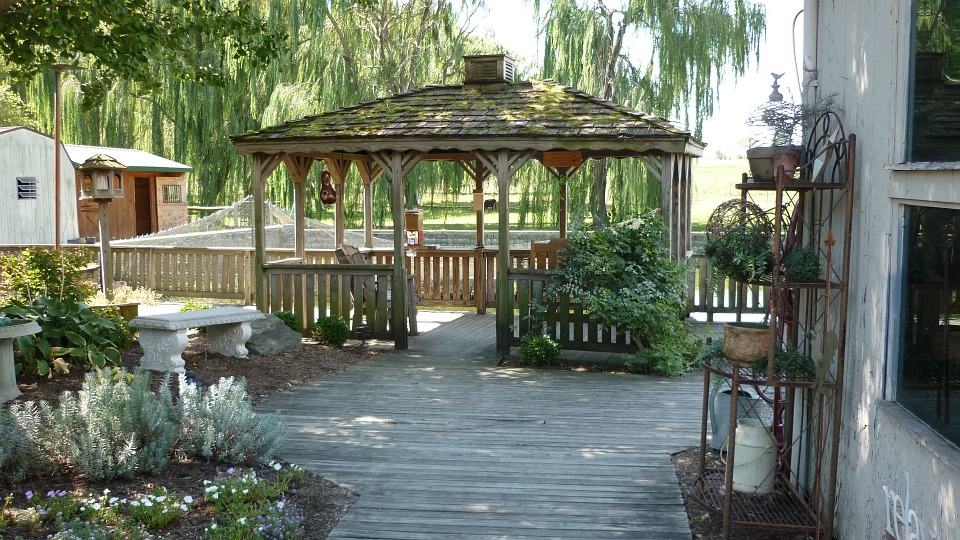Today, we begin to acknowledge the power of lighting. In fact, more and more people take a serious approach when it comes to lighting building. Some prefer to start with lighting components or study https://www.handykith.com/ – a provider of light installation services in NYC.
These sources are valuable. Yet this may not be relevant for a beginner. Here you will find seven simple home lighting tips that are the ABC in the lighting niche.
1. Task Lighting
You will have to use task lighting to provide enough light in the main zones. This type of lighting is directed toward a specific area. It’s essential for close-range work. Some examples are cooking, drawing, writing, sewing, etc. Typically, task lighting is installed in the form of pendants in the kitchen in food preparation zones.
2. Ambient Lighting
Another name for ambient lighting is general lighting. Its main purpose is to make an interior space visible. It’s the most commonly used type of lighting. Usually, many homeowners don’t go beyond it.
Ambient or general lighting is usually the only type of lighting in halls, entry-ways, and over stairs. It’s advisable to light up these areas properly in order to avoid emergencies. They may happen as a result of poor lighting.
3. Accent Lighting
The third – and last – the type of lighting is accent lighting. The name speaks for itself – it accentuates features. The main responsibility is to enhance visual interest to an area or object. It can be anything from a marvelous sculpture to a sophisticated architecture.
Accent lighting is more about interior design rather than lighting itself. Therefore, it’s a final touch. Such type usually doesn’t provide much light and comes as a complement to general and task lighting.
4. The Temperature of Light
There are three types of light in terms of temperature: cold, neutral, and warm. Cold light – or bright, blueish light – resembles sunny noon. It’s mainly used in bathrooms and kitchens. Neutral or white light is typically used in areas where energy and focus are essential. Warm light adds coziness and is used in living rooms or bedrooms.
5. A Particular Approach to Every Room
There are no lighting tricks that work for all rooms. For example, you should avoid white light in bedrooms since it awakens the circadian rhythm. This delays a sleeping cycle. On the contrary, it’s ideal for offices and kitchens.
6. Recessed Lighting for Utility Rooms
Recessed light is ideal for workspaces and laundries. You may want one or two lamps as task lighting as well. All in all, avoid downlights. They can create shadows. Also, it’s better not to place lamps overhead vehicles.
7. Use Dimming Controls
Dimming controls are really beneficial. First of all, they allow you to reduce electricity usage. Secondly, you can play with light; therefore, every room can have its own atmosphere.
Home lighting ideas are numerous. Please, share with us your thoughts on what works best.










